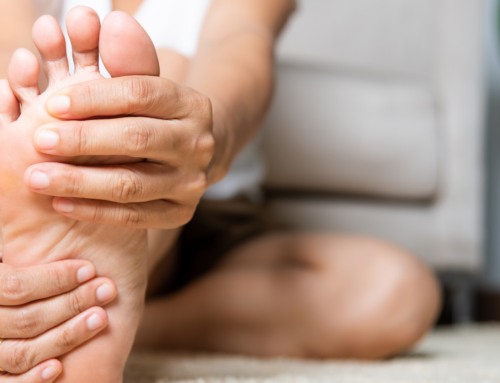How to walk correctly?
Walking is a daily activity, but do you know if you walk correctly and if you have a good posture? These are very important aspects because walking well is a synonym of health. Walking is a low impact exercise that is very good for the body, but you should try to walk in the right way so you don't damage your back or any other muscle or joint while doing daily activities.
How to walk correctly
Daily walking is one of the most recommended exercises for health to keep the body active and dynamic. Some of its benefits are that it can help fight stress, depression and can burn calories. But to reap the benefits of a good walk, you must follow a series of steps that will help you do it right. You should start by taking steps in a relaxed manner, letting your movements be flexible, natural and not too big.
Benefits of walking correctly
Risks of not walking correctly
When this young man walks, a trunk translation to the left was observed. This generates a muscular imbalance, where the left side is weakened and therefore can cause an injury. Because of this, he suffered acute pain in the left piriformis muscle, which affected his development at sports (soccer) and activities of daily life. It is important to have a postural assessment and to know if everything is moving well on a daily basis.
Walking is undoubtedly an activity of daily life, around the day hundreds of steps are walked. Therefore, it is important to do it correctly to reduce the risk of suffering any injury or discomfort. Following these tips and performing a postural assessment can help you in your daily life. If you suspect that you do not maintain a good walking position, you can schedule an evaluation with a specialist.
Walking is a daily activity, but do you know if you walk correctly and if you have a good posture? These are very important aspects because walking well is a synonym of health. Walking is a low impact exercise that is very good for the body, but you should try to walk in the right way so you don't damage your back or any other muscle or joint while doing daily activities.
How to walk correctly
Daily walking is one of the most recommended exercises for health to keep the body active and dynamic. Some of its benefits are that it can help fight stress, depression and can burn calories. But to reap the benefits of a good walk, you must follow a series of steps that will help you do it right. You should start by taking steps in a relaxed manner, letting your movements be flexible, natural and not too big.
Benefits of walking correctly
Risks of not walking correctly
When this young man walks, a trunk translation to the left was observed. This generates a muscular imbalance, where the left side is weakened and therefore can cause an injury. Because of this, he suffered acute pain in the left piriformis muscle, which affected his development at sports (soccer) and activities of daily life. It is important to have a postural assessment and to know if everything is moving well on a daily basis.
Walking is undoubtedly an activity of daily life, around the day hundreds of steps are walked. Therefore, it is important to do it correctly to reduce the risk of suffering any injury or discomfort. Following these tips and performing a postural assessment can help you in your daily life. If you suspect that you do not maintain a good walking position, you can schedule an evaluation with a specialist.





